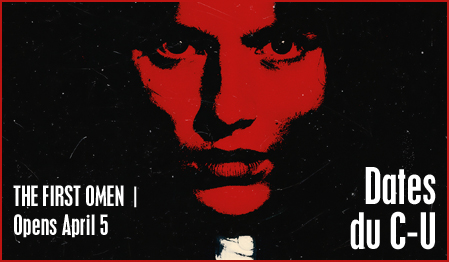
Spotlighting Local Talent and Activism
One of the standout features of Smile Politely is its focus on local talent and activism. Recent articles have highlighted significant projects and initiatives that might otherwise go unnoticed. For instance, the magazine covered a work-in-progress screening of “BRIM,” a period-shifting drama that delves into the systemic racism present in American healthcare. Created by a team of local filmmakers, including Keenan Dailey, Trude Namara, and Kevin Lau, “BRIM” addresses pressing social issues through the lens of storytelling. While the humble editor of this report was unable to attend the screening, it is heartening to see that Penne and many others were able to engage with the film’s ambitious themes and aims. This kind of coverage not only informs the public about local artistic endeavors but also fosters a sense of community pride and connection to important social issues.
Moreover, Smile Politely serves as a platform for regional production announcements, such as those from the Champaign County Film Office and Flyover Film Studios. These press releases often highlight local projects, including films with holiday themes that resonate with the community. However, it is essential to approach these announcements with a critical eye. As noted in the report, some of the films mentioned may originate from Chicago, albeit with contributions from professionals connected to east central Illinois. This distinction is crucial for understanding the local versus regional dynamics of film production, and it underscores the importance of transparency in reporting.
The Resurgence of Local Media: A Reflection on PRAIRIE FIRE and the Role of SP in Champaign-Urbana
In the ever-evolving landscape of media, local journalism often finds itself grappling with the challenges of relevance, sustainability, and community engagement. In this context, the revival of the magazine show PRAIRIE FIRE serves as a poignant example of how local media can adapt and thrive, drawing upon the rich tapestry of community narratives that define a region. Once a staple of WILL-TV in the Nineties, PRAIRIE FIRE has returned with renewed vigor, earning accolades for its commitment to showcasing the vibrant local culture of Champaign-Urbana (C-U). This essay explores the significance of PRAIRIE FIRE’s revival, the broader implications of local media like Smile Politely (SP), and the importance of community engagement in fostering a sustainable media ecosystem.


PRAIRIE FIRE: A Patchwork Quilt of Localism
PRAIRIE FIRE has been described as a “patchwork quilt,” a fitting metaphor for a program that weaves together diverse stories and perspectives from the local community. In its second season, the show has embraced the essence of down-home localism, highlighting individuals who pursue their creative passions and, in doing so, enrich their communities. This focus on local narratives not only celebrates the unique cultural fabric of C-U but also serves as a reminder of the power of storytelling in fostering community cohesion.
The recent articles by Amy Penne have illuminated several high points of the show’s current season, including profiles of artists, entrepreneurs, and community leaders who are making a difference. These segments resonate deeply with viewers, offering a sense of connection and belonging in a world that often feels fragmented. By showcasing the achievements and challenges of local residents, PRAIRIE FIRE reinforces the idea that every individual has a story worth telling, contributing to a collective narrative that strengthens community ties.
The Role of Smile Politely in Local Discourse
In tandem with the resurgence of PRAIRIE FIRE, Smile Politely has emerged as a crucial platform for examining the complexities of life in C-U. Through its various features, including the annual “BEST of 2024” and “WORST of 2024” articles, SP provides a nuanced perspective on the successes and struggles of the local community. The acknowledgment of Flyover’s commercial potential alongside the bittersweet news of Café Kopi’s impending closure exemplifies the dual nature of local media coverage—celebrating achievements while also confronting the harsh realities of community change.
SP’s commitment to dissecting the perceived deficiencies of C-U is not merely an exercise in criticism; rather, it is a call to action. The publication encourages readers to engage with the community, to think critically about the challenges facing C-U, and to consider constructive solutions. This approach fosters a sense of ownership among residents, empowering them to participate in the ongoing dialogue about their city’s future.
The “empty spaces” round-up piece from September serves as a poignant reminder of the cultural losses that C-U has experienced, notably the absence of the Art Theater. The dimmed marquee, with its hefty asking price, symbolizes more than just a vacant building; it represents a loss of cultural vibrancy and a communal gathering space. SP’s coverage of such issues is essential, as it compels the community to confront its shortcomings and to advocate for the preservation and revitalization of local cultural institutions.




